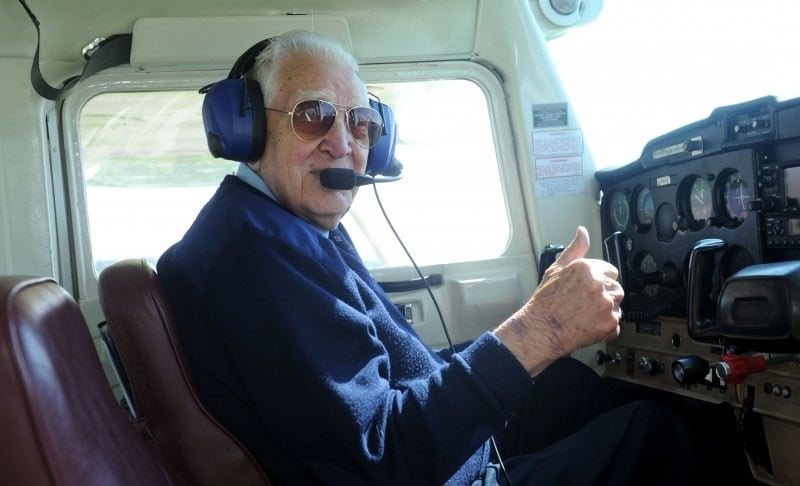Recently, Ted Cruz has been urging President Donald Trump to increase the ages of retirement for pilots from 65 to 67. Ted Cruz, who is the leader of the Senate panel overseeing aviation issues, stated, “America should lead on the international stage in support of raising, or even abolishing, the pilot retirement age,” and added that current policy is “forcing thousands of highly qualified and experienced pilots into early retirement every year.”
As it currently stands, under international law, pilots over 65 are prohibited from flying international flights. Additionally, some organizations, such as The International Air Transport Association (IATA), have stated that raising the limit by two years can be done without an impact on aviation safety. This sets a precedent, considering the IATA represents more than 350 airlines globally and could help move legislation along in countries that may attempt to raise the retirement age, like in the United States. Something not being discussed is that airline pilots are already overworked and in a high stress environment, which is not a great combination to have considering that they are in charge of hundreds of people’s lives on any given flight.
For this reason, among others, this move has been opposed by the Air Line Pilots Association, stating that it could increase travel risks. But seeing as international agencies are deeming two more years added to a pilots’ retirement being well within reason, any counter arguments may be disagreed on heavily. Unfortunately, this shortsighted approach does not address the primary problem, which is that new pilots are not being recruited or entering flight training at a rate that won’t leave the aviation industry with a shortage of pilots.
According to Pilot Institute (PI), 50% of the current licensed pilots are retiring in the next 20 years. The main problem is the cost of becoming a private pilot, as on average it costs $6,000-$20,000. In a time where the economy isn’t stable and surplus income is scarce, that is a large sum of money to spend on a hobby. Though, that is just the monetary cost. It takes hundreds and hundreds of hours of studying and training to be ready to fly as a commercial pilot. So, while there are efforts being made to bring in more pilots into the aviation industry, the economic and even socioeconomic problems will continue to persist.
There is one other elephant in the room: the safety of airliners currently flying. It should come as no surprise that people are becoming more skeptical of flying, especially with recent incidents concerning Boeing-built aircrafts. As if it wasn’t bad enough to have a shortage of pilots, there are also concerns about the safety of the aircraft that said pilots have to fly. Popular shows like “Mayday: Air Disaster” showcase the dangers pilots must contend with every day, but also the way many of the worst disasters have been caused in many cases by the negligence of airlines or just a design flaw that was only discovered after the fact.
On the other hand, more flight schools are opening, with some being created by major airlines like United Airlines and American Airlines. Salaries of pilots are also consistently increasing with improved quality of life for pilots coming with it.
At the current moment, the aviation industry will continue to function as is. But, in the coming decades, these problems will become more prevalent unless long-term solutions are found. It cannot be stated enough how much aviation plays a role in our current globalist economy, so unless measures are taken now, we may be in a lot of trouble. But given the severity of the consequences with a major pilot shortage, those measures will likely be taken up sooner rather than later. So, for anyone who is keen on becoming a pilot at some point in their lifetime, an opportunity may arise in the near future.




